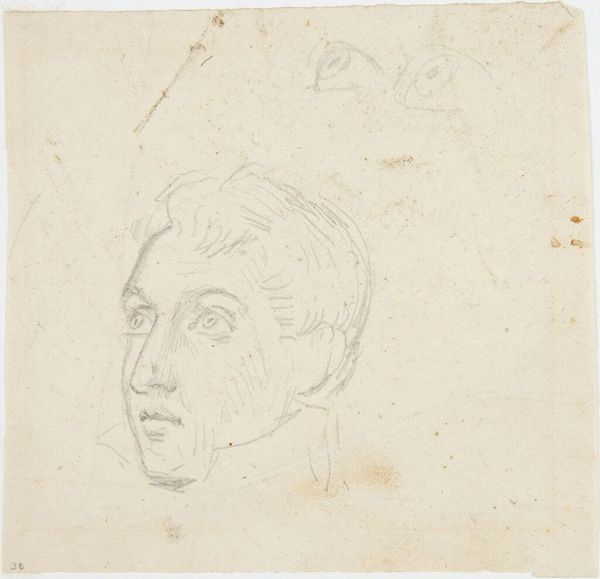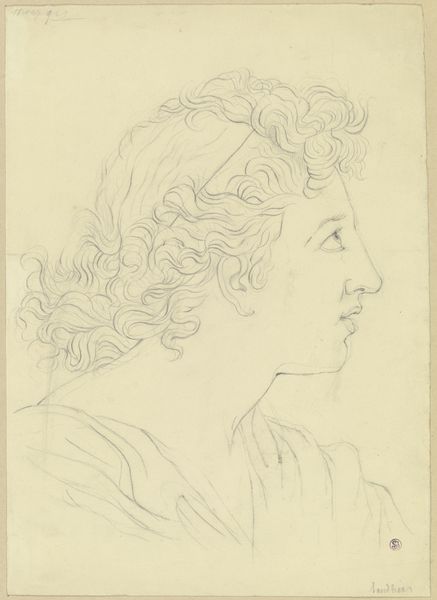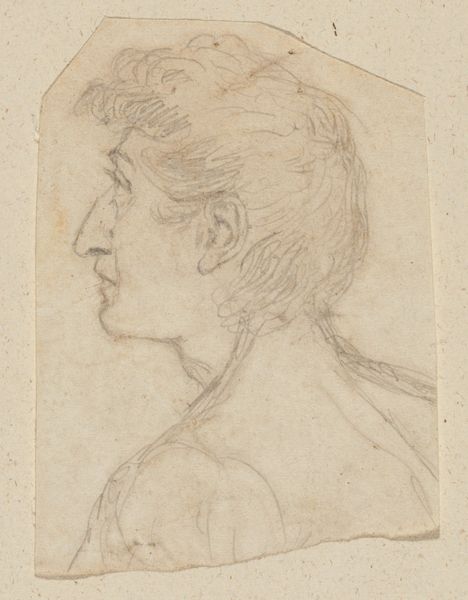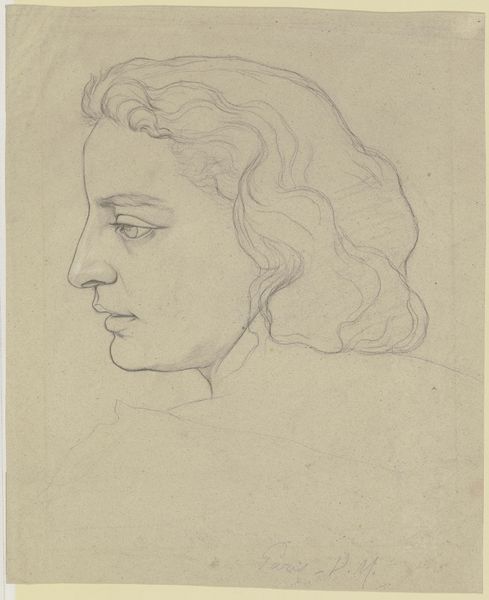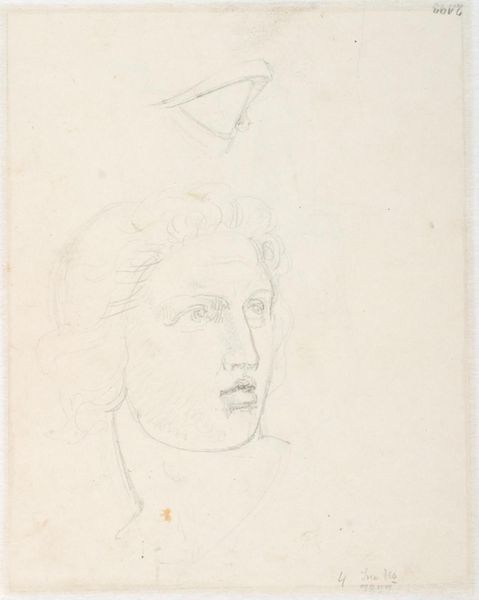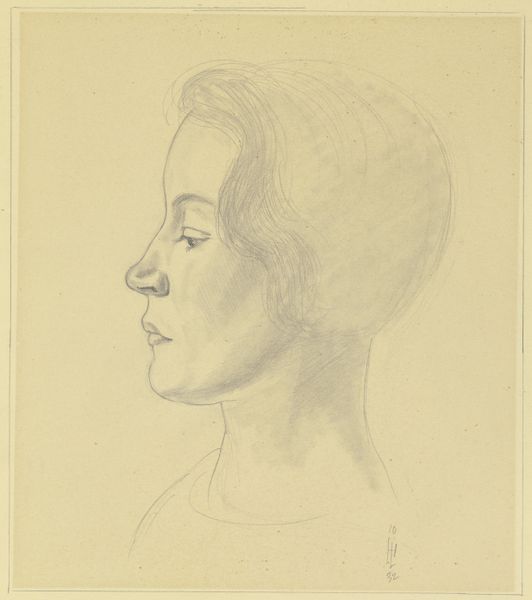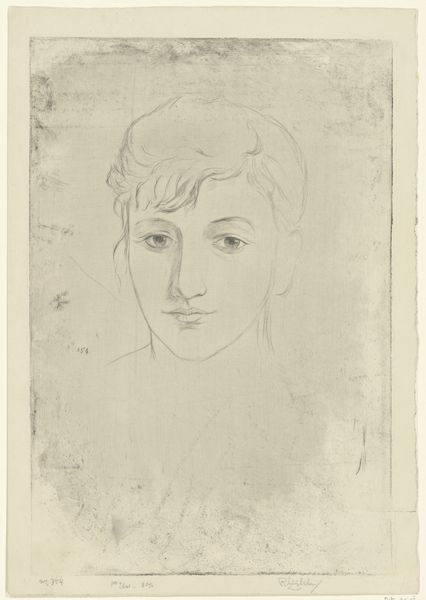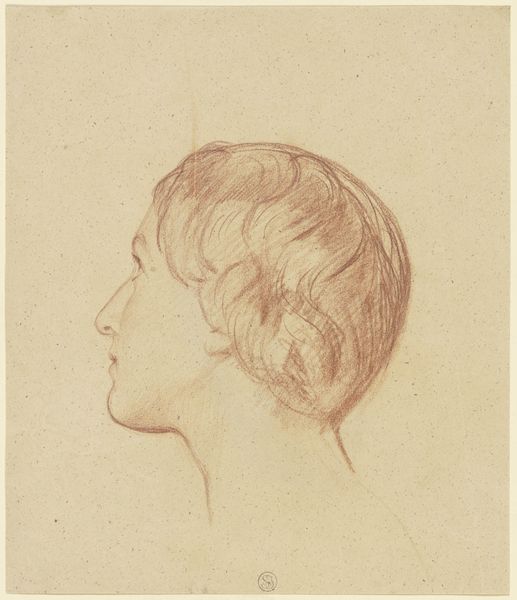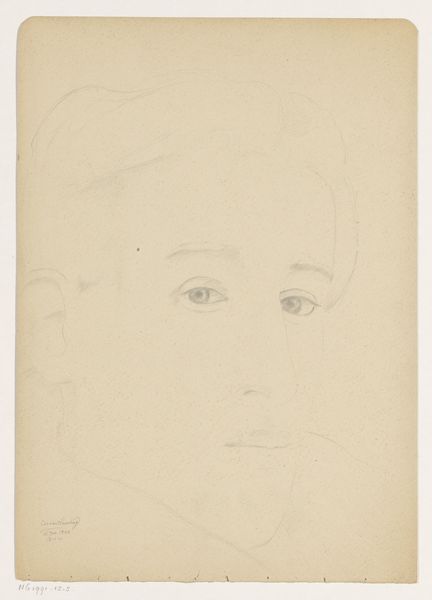
drawing, pencil
#
portrait
#
pencil drawn
#
drawing
#
pencil sketch
#
classical-realism
#
pencil
#
academic-art
#
realism
Dimensions: height 290 mm, width 435 mm
Copyright: Rijks Museum: Open Domain
Dirk Arnoldus Tavenraat made this sketch of a classical head in the Netherlands, likely sometime in the late 19th or early 20th century. The sketch embodies the 19th-century revival of classical art and ideals, as academies across Europe taught students to imitate classical forms. But why? The turn to classical antiquity was about more than just aesthetics. Classical art represented a kind of idealised perfection which, for many, was seen as the foundation for a moral and political order. Here, Tavenraat renders his subject in a simple, unadorned style which reflects the neoclassical preference for clarity and order. This aesthetic was often aligned with conservative political and social views that favored established hierarchies and traditional values. Understanding this drawing fully requires looking into the pedagogical methods of art academies at the time, the cultural values associated with classical art, and the broader social and political context in which Tavenraat was working. Only then can we understand the significance of this seemingly simple sketch.
Comments
No comments
Be the first to comment and join the conversation on the ultimate creative platform.

